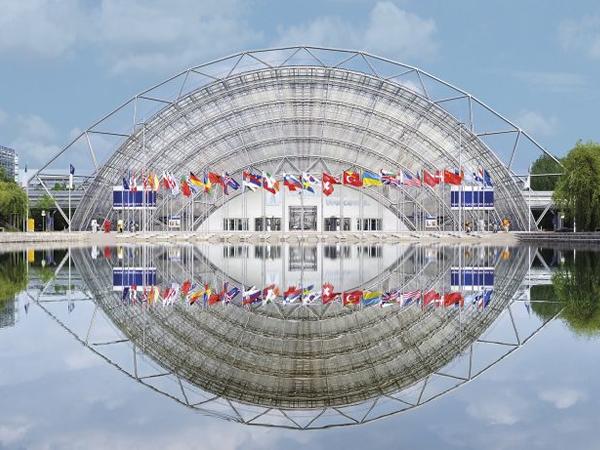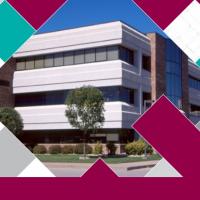
Date: 18 April 2017
New technologies on the horizon for architectural glazing will allow buildings to adapt to their environment in revolutionary new ways, according to architect Ian Ritchie.
According to Ritchie, glass is currently used mainly for its aesthetic properties – its ability to let in light while keeping the elements at bay. However, developments in smart glass technology which allow it to adapt to changing weather conditions could fundamentally change its role in building design.
The architect, whose project contributions include pioneering structural glazing at La Villette, the iconic Louvre pyramids in Paris, the Reina Sofia Museum of Art glass towers in Madrid and the world's largest glass hall in Leipzig, Germany, predicts that glass which darkens in response to UV rays – currently used widely in eyeglasses – will soon be seen in buildings.
Other technologies on the horizon, according to Ritchie, include glazing that adjusts its light-transmission properties in response to the air temperature, and glass which filters out direct light from specific directions.
His comments are part of a new report from glass manufacturer Pilkington United Kingdom Limited, part of the NSG Group, on the future of glazing in commercial buildings.
Ian Ritchie said: “Active response to changing conditions is the next step for glass technology, and it will allow us to create buildings that adapt to changes in the environment in ways they have never done before. This will mean a stable, comfortable environment for occupants without automatic recourse to expensive heating and air conditioning.
“Imagine if our windows could automatically filter out more of the sun’s energy when the temperature in a building began to rise, or when UV light levels rose above a certain point. Or if direct sunlight could be selectively eliminated while the glass remained transparent to ambient daylight.
“We already have the scientific advancements that make these things possible, so now it’s a question of engineers working out how to scale up the technology for architectural use at an affordable cost.”
Also contributing to the report is Paul Williams managing director of specialist architectural glazing company Vitrine Systems, which has completed glass installations at significant sites including Stonehenge and the Cutty Sark in Greenwich. He talks about advancements in low-profile framing systems and how they are allowing designers to modernise heritage buildings with greater sensitivity than ever.
As well as pioneering the process of manufacturing float glass, Pilkington also developed the Pilkington Planar™ structural glazing system, which uses low profile stainless steel point fixings to create frameless walls of glass. The report reviews the latest developments and applications of the system.
Phil Savage, commercial contracts sales manager at Pilkington, added: “Over many decades, glass has emerged as the predominant material in our built environment and it is loved by architects because of its ability to flood buildings with natural light and create a sense of space.
“This report gives an exciting taste of what the years ahead might hold in terms of the glazing we see in commercial buildings, and I’d like to take this opportunity to thank the contributors for lending their expert insight.”
 600450
600450















Add new comment